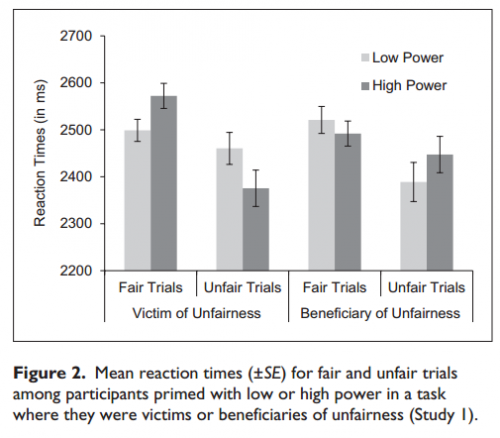One of the concerns of environmental sociologists is the way that harm is unequally distributed. The way, for example, that poor people and people of color are more likely to live with high levels of lead, near toxic release facilities, with bad air quality, and in the paths of airborne pesticides.
I thought of this research when I saw Time‘s 1-minute illustration of the rise of earthquakes in Oklahoma. To sum, thanks to the particular type of oil drilling done there, the state is now “one of the most seismic places on the planet.” There were 21 earthquakes in 2005. In 2015, there were 5,957. Nine hundred of these were magnitude 3 or higher.
Click here to watch the video.
I am trying to imagine what would happen if an industry caused almost 6,000 extra earthquakes annually (and growing) in or near a city America cared about. I’ve lived in Los Angeles and New York and, I can’t be sure but, I suspect politicians there might be quicker to interfere with business practices. And, if they weren’t, the political power of residents of those cities might force them to.
“But it’s just Oklahoma,” is apparently the refrain. Who cares if the oil companies’ saltwater disposal wells are causing the houses of hillbillies to shake? Apparently Okies don’t have anything — aren’t anybody — worth protecting. At least, not over the rights of corporations.
Lisa Wade, PhD is an Associate Professor at Tulane University. She is the author of American Hookup, a book about college sexual culture; a textbook about gender; and a forthcoming introductory text: Terrible Magnificent Sociology. You can follow her on Twitter and Instagram.











